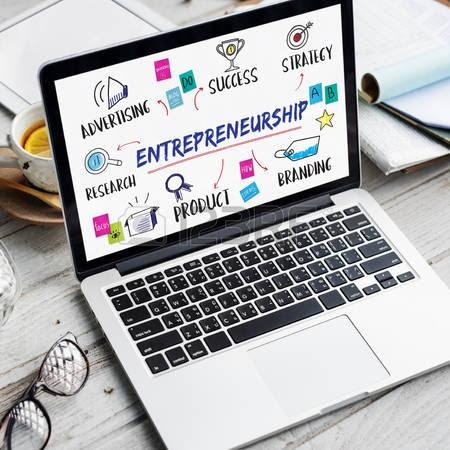
25
JanuaryBLENDED LEARNING Vs. DISTANCE LEARNING
Technology has made the world a lot smaller. It’s now as easy to communicate with someone halfway across the world, as it is to talk to the person next to you. This leap forward has impacted every aspect of our lives. Distance learning and blended learning have emerged as some of the most prominent ways many people choose to gain a qualification.
Online education can provide much-needed flexibility for students and can allow teachers and tutors to manage student data with ease. Databases can track everything from student performance to learning patterns, and provide a record of what has been learned so far. Access to online lessons makes it easier than ever for people to fit their education in where it suits them, meaning that people can fit in lessons after work and between family commitments.
Blended learning
Blended learning is a loosely defined term that essentially means a combination of traditional classroom learning and online lessons. Also known as hybrid learning, it first came about in the 1990s, when the internet was just starting up and the demand was growing for a more flexible approach to learning. It essentially reflects the accessibility needs of both tutor and student; combining both synchronous (webinars, correspondence, chatrooms) and asynchronous (videos, podcasts, online articles, online assessments) approaches, on top of in-person classroom lectures.
Virtual learning environments allow teachers to posts lectures, assignments, and articles to an online space that students can access. Webinars, or web-seminars, essentially work like conference calls. A lecture will stream in real time with students calling in and contributing through their computer. Most institutes of higher education employ some form of blended learning these days. Universities have online information and forums their students can access, and many high schools will teach computer literacy through blended learning.
By combining classroom learning with online access, blended learning allows people to experience the benefits of both environments. Students can have a personal relationship with tutors and their fellow students, as well as accessing lessons and assignments in their own time. However, it does require students to be available for in-person classes. This means learners have to live nearby and must be available for lessons when they are scheduled. Depending on where your course is based, this might not be possible for you.
Distance learning
Distance learning is self-explanatory, a natural by-product of an increasingly interconnected world. It essentially means that students learn entirely through access to online material. Some students simply cannot be there in person for lessons, in fact, many students will choose to access courses that are based in countries halfway around the world! While it may seem like mainly fledgeling online providers would prefer this method, established universities also favour it.
This method is not entirely without direct relationships between student and teacher. The majority of the material is accessed online or sent directly to students, but there is also contact over the phone, through email, video, and messenger services. It allows students to fit their studies entirely around them, with no need to be available for in-person sessions. You can access courses that would not be available to you locally, gaining qualifications that could set you apart from other people in your area. It also means that lessons can take place at any time, day or night. This may be especially useful if your tutors live in another time zone!
Many people choose to gain qualifications later in life. It’s no longer assumed that education stops when you leave school or university. If you work full time and you want to move up in your career, or you’re looking to switch paths entirely, or perhaps you want to return to work after a long absence, distance learning can be a great way to gain a qualification at your convenience. It also allows you to take your own initiative, which can be a very attractive quality to employers.
Ultimately, it comes down to what works for you. It’s never been easier to gain an education, and there is a multitude of options to choose from. If your course is not too far from home, then it might be a good choice to opt for blended learning, so that you can access the benefits of in-classroom education. If you live further away or you simply don’t have the time to visit a classroom, then distance learning is the way to go. The beauty of the modern age is the choice available, and a greater accessibility of information than ever before.
For more information visit www.courses4u.in


 3 Universal Square
3 Universal Square
Reviews
Comments